Heat-Stressed Lawn Care: 5 Tips To Ensure Your Grass Survives The Summer
Protect your lawn and keep it in optimum condition in periods of heat and drought, with our guide to hot-weather watering, mowing, mulching, and fertilizing.
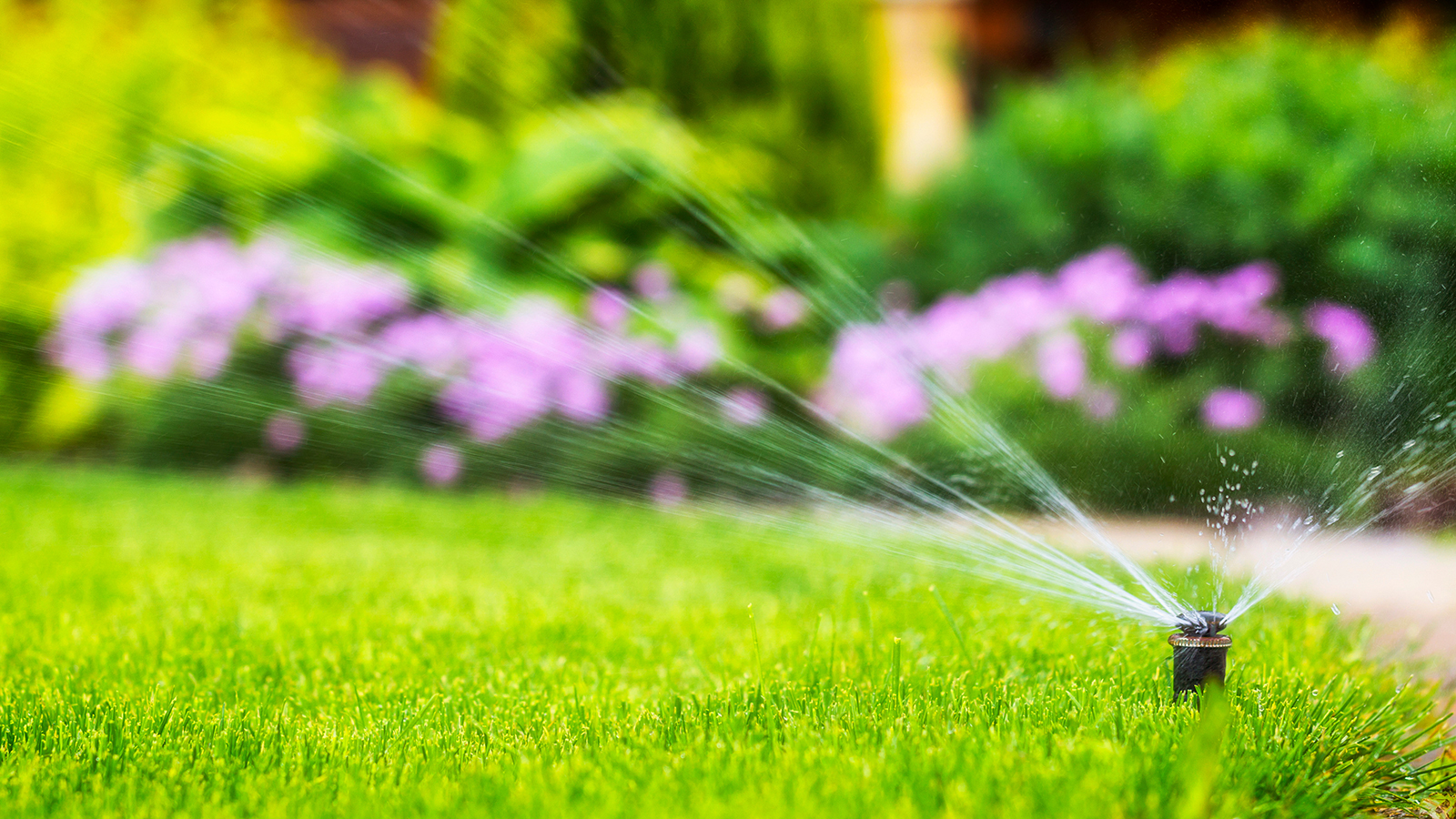

Mary Ellen Ellis
There’s nothing more evocative of summer than long balmy days spent lazing on lush green grass. However, periods of heat and drought take their toll, and without constant lawn care, the grass turns brown and goes dormant until the hot weather eases off.
This isn’t necessarily a problem, as grass is an extremely resilient plant. Unlike heat-stressed plants, lawns can usually tolerate several weeks without watering – greening up again once the mercury has dropped. However, ever-hotter summers and lengthy spells of dry weather can leave struggling lawns unable to recover.
Summer lawn care is especially important for newly planted grass, which will need regular watering to establish itself. If you neglect it, it will likely die in a heatwave.
Water is a precious resource, so don’t overcompensate by watering too much. A lush, verdant lawn is an unrealistic aim in heatwaves – so don’t fight to keep it green. However, to ensure its survival, it’s important to treat your grass a bit more gently and avoid placing it under further stress. Follow our top tips to keep your lawn in good health.
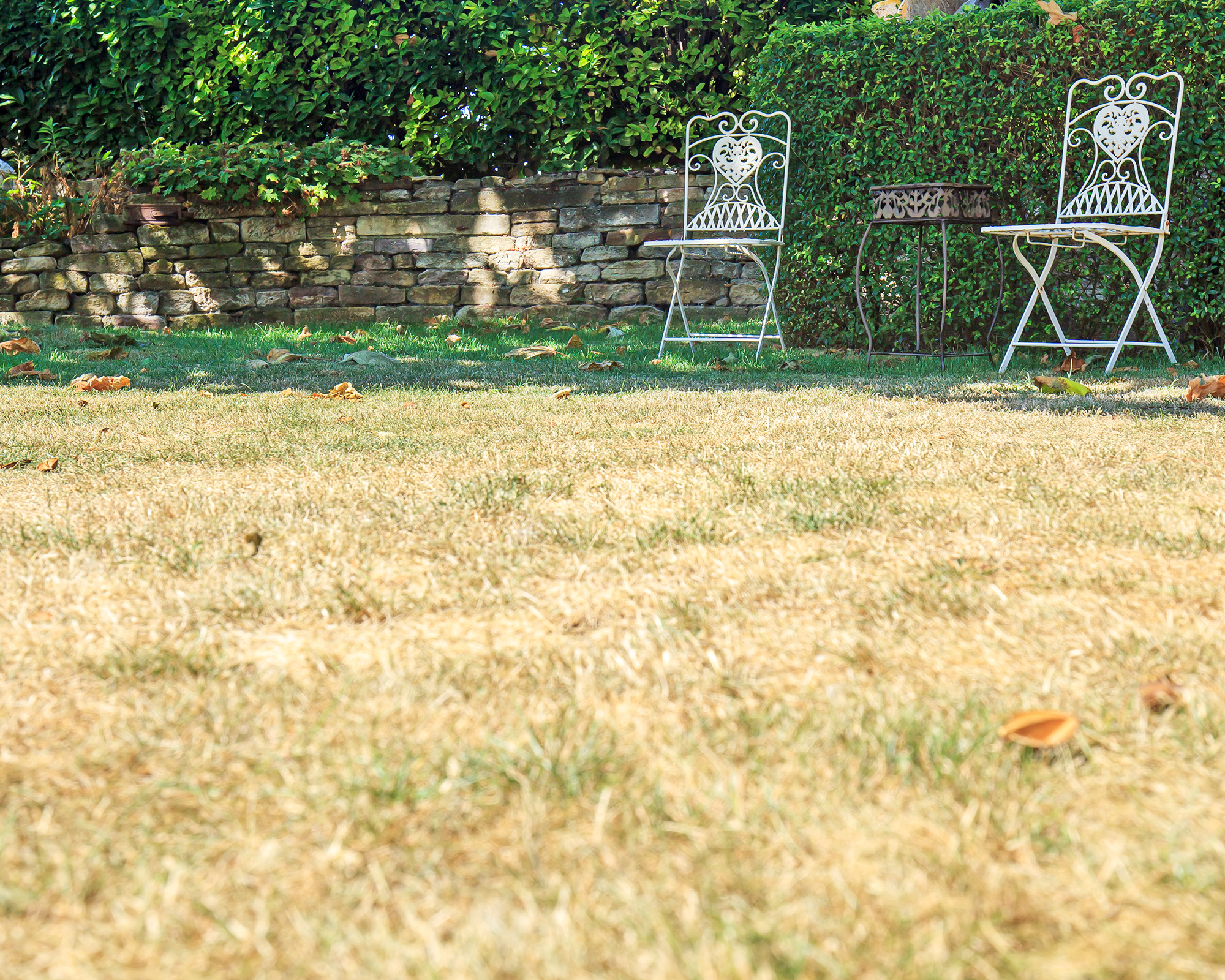
1. Water Deeply But Infrequently
Watering lawns little and often is wasteful and does not allow the grass to develop strong, deep root systems that can help the plants survive a heatwave. A daily dousing will result in shallow roots and weaker plants.
Grass performs better when the soil is allowed to dry out a little between waterings, but depriving the plants of water completely will place too much stress on them and potentially cause the lawn to die.
Aim to water lawns deeply twice a week in hot weather – three times if the grass really needs it. However, before watering, first feel the soil to check for dryness. Only water when the top 2-3 inches of soil is dry. Water until you start to see minor puddling forming on the surface.
Sign up for the Gardening Know How newsletter today and receive a free copy of our e-book "How to Grow Delicious Tomatoes".
How often to water lawns in summer will be impacted by soil type. Clay soil retains more moisture than other types, and will need watering less often, while sandy soil drains quickly and will need closer attention to moisture levels.
Grass type also plays a part, with cool-season grasses like Kentucky bluegrass and fescue needing more watering than warm-season grasses like Bermuda and zoysia.
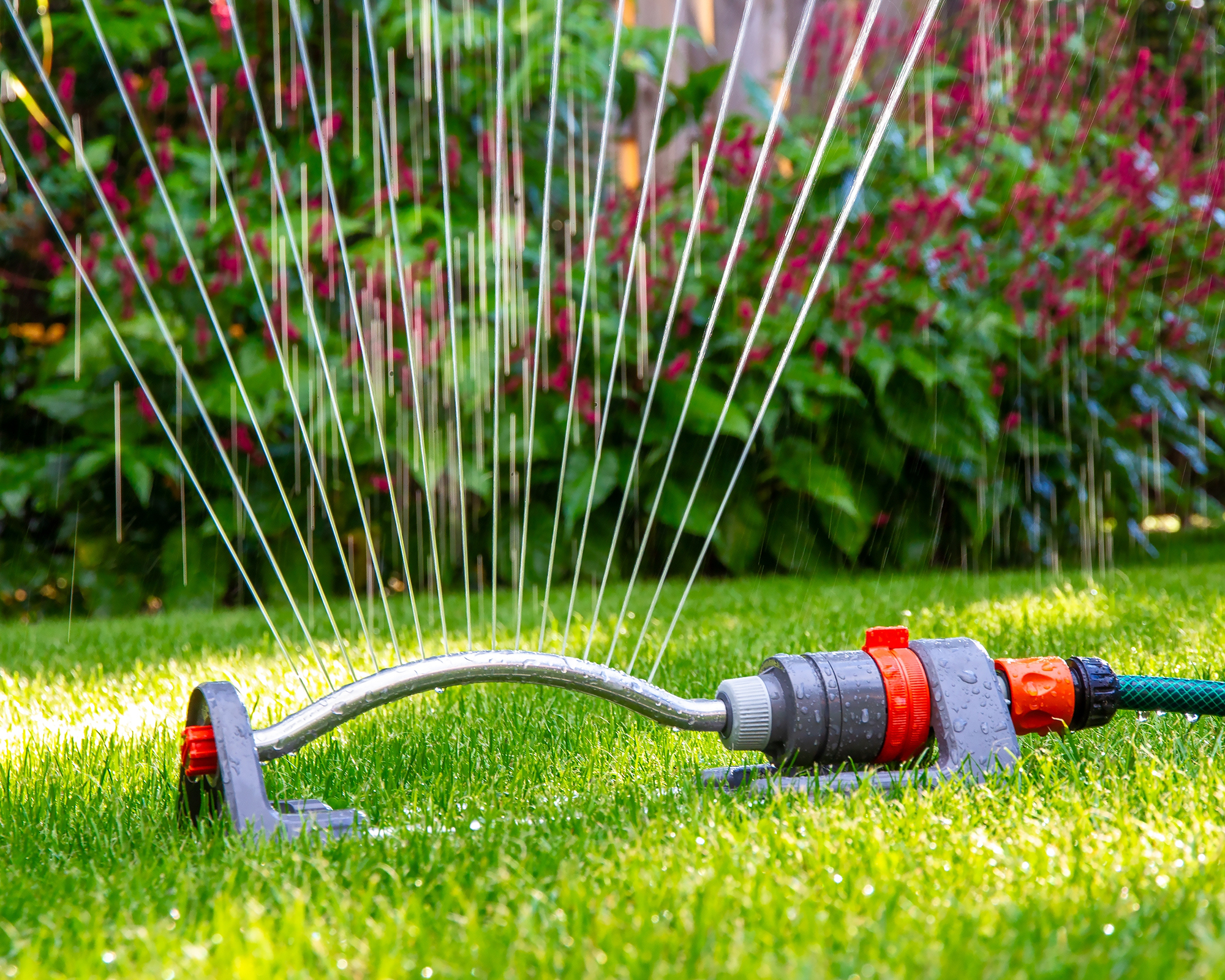
2. Water Early In The Morning
The best time to water the lawn in hot weather is first thing in the morning – before 10am. Once temperatures heat up, moisture will evaporate quickly, so watering early in the day will enable the roots to absorb more moisture before the soil dries out.
If you didn’t manage to water your heat-stressed lawn in the morning, then it might seem tempting to do it in the evening, once the sun’s intensity has died down. However, this will make the grass damp overnight and increase the potential for fungal lawn diseases.
It can also create the perfect environment for attracting pests such as mosquitos, who love to settle and breed in an oversaturated lawn.
3. Keep Mowing To A Minimum
Regularly mowing the lawn during hot weather is bad for the grass – and hard work for you. If temperatures are above 90°F, then give it a miss altogether. Below these temperatures, every two weeks should suffice in hot weather.
When you do cut your grass, keep it to a light trim. A good rule of thumb is never to remove more than a third of the grass height in one cutting.
Cutting the grass short places additional stress on the plants to recover, while longer grass blades can retain more moisture, reducing watering requirements.
Consider when you last sharpened the mower blades. Dull blades will damage the grass, placing further stress on the lawn and prolonging the healing period.
The best time of day to cut grass in hot weather is in the evening, once the temperatures have cooled, or early in the morning.
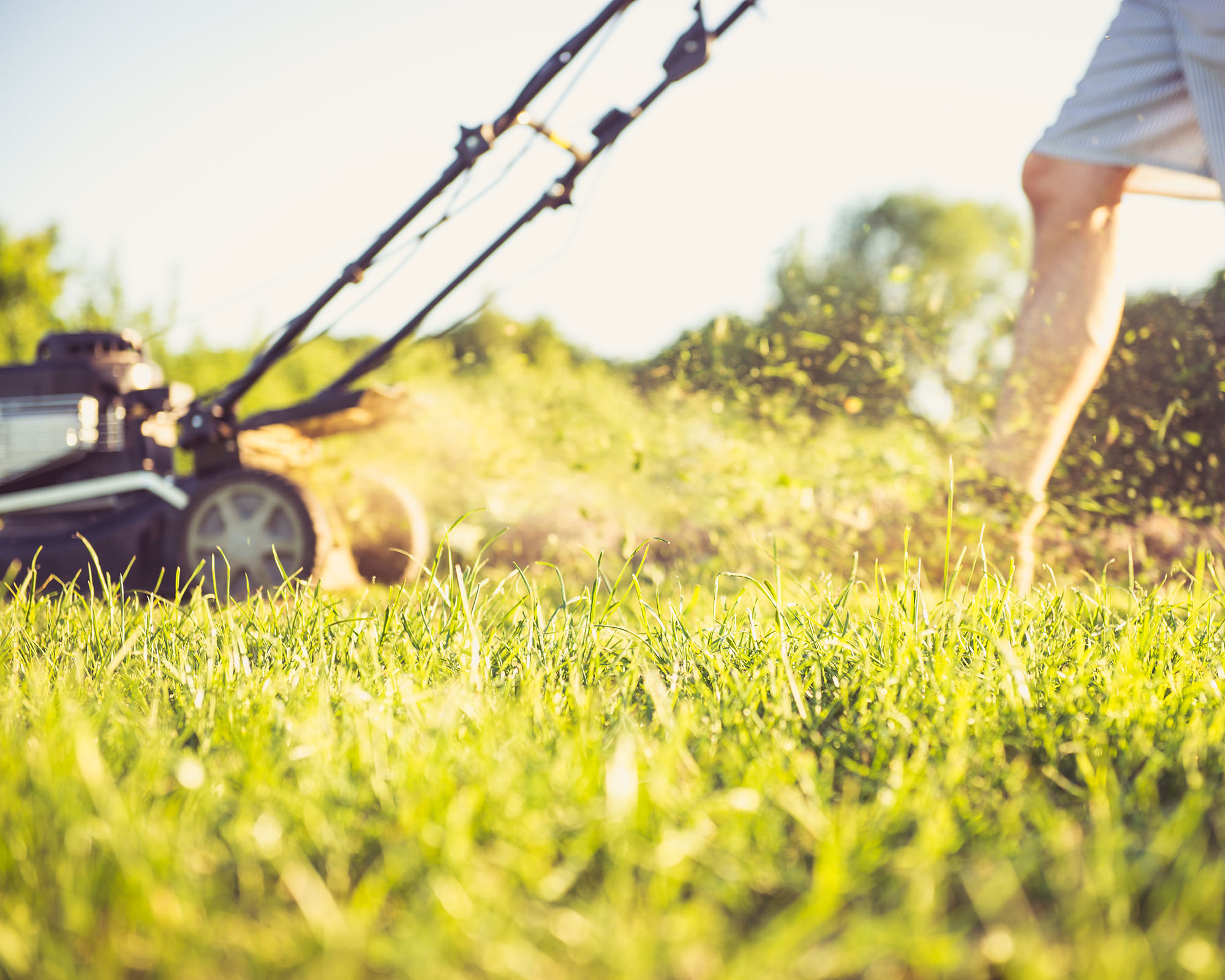
4. Mulch Your Lawn
Mulching your lawn will help to retain soil moisture, protect grass roots from the sun, suppress weeds, and add nutrients to the soil.
The easiest way to mulch your lawn in the summer is to simply return moisture-rich grass clippings to the lawn after mowing. It won’t contribute hugely to lawn thatch and will provide a lot of benefits.
To mulch lawns with grass clippings, either remove the box or collect and spread them across the lawn.
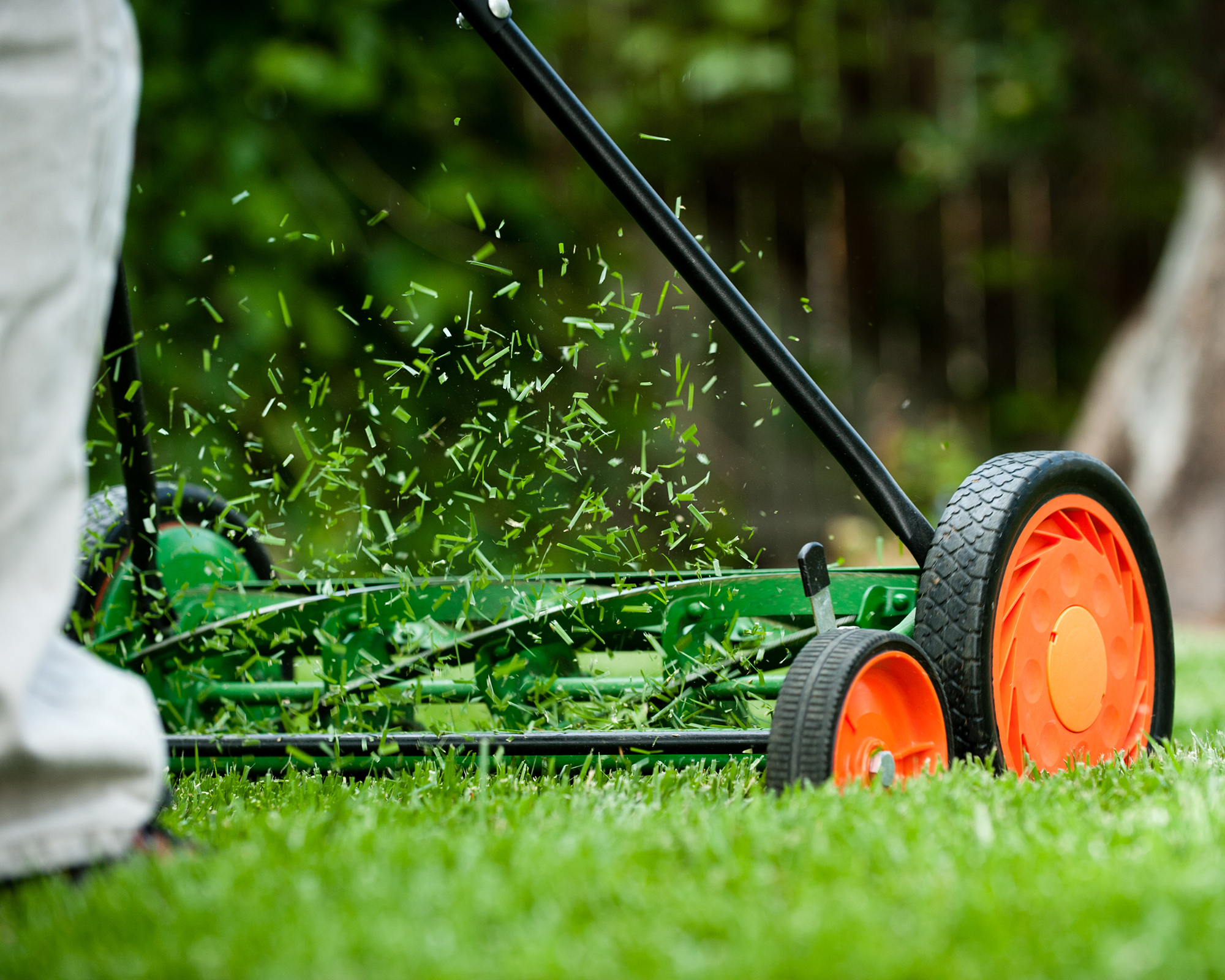
5. Hold Off On Fertilizing
Avoid fertilizing lawns during the height of summer. Feeding the grass will divert energy to developing new growth rather than sustaining itself, placing too much stress on the lawn.
Wait to fertilize in the fall, and again in spring. You can also fertilize in early summer in advance of hot weather, to allow the lawn to build strength and resilience before the heat strikes.
Before fertilizing the lawn, it’s important that it has recovered from heat stress. Water it well a few days before but apply the fertilizer when the grass is dry, to avoid fertilizer burns.

Melanie is an experienced gardener and has worked in homes and gardens media for over 20 years. She previously served as Editor on Period Living magazine, and worked for Homes & Gardens, Gardening Etc, Real Homes, and Homebuilding & Renovating. Melanie has spent the last few years transforming her own garden, which is constantly evolving as a work in progress. She is also a passionate organic home grower, having experimented with almost every type of vegetable at some point. In her home, Melanie tends to an extensive houseplant collection and is particularly fond of orchids.
- Mary Ellen EllisWriter